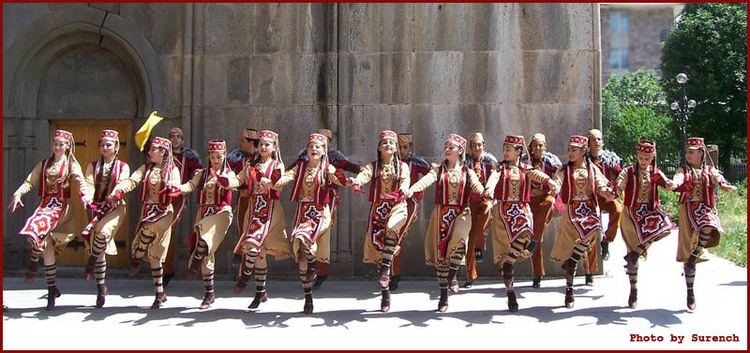 | ||
Kochari recipe recette de kochari
Kochari (Armenian: Քոչարի, Azerbaijani: Köçəri, Greek: Κότσαρι Kotsari, Kurdish: Koçerî; Turkish: Koçari), is an Armenian folk dance, danced today by Armenians, Assyrians, Azerbaijanis, Kurds, Pontic Greeks and Turks. It is a form of circle dance.
Contents
- Kochari recipe recette de kochari
- Dance stars kochari 2013
- Etymology
- Versions
- Armenian
- Azerbaijani
- Kurdish Koer
- Pontic Greek kotsari
- References
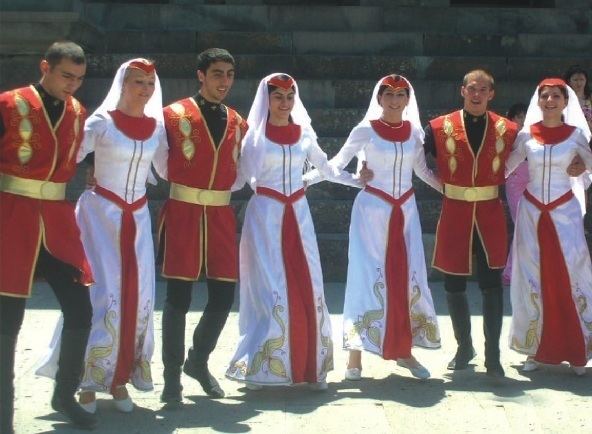
Kochari is a type of dance, not a specific dance. Each region in the Armenian Highlands had its own Kochari, with its unique way of both dancing and music. One type of "Yalli", a dance common to Azerbaijanis, Assyrians, and Kurds has different forms known as Kochari.
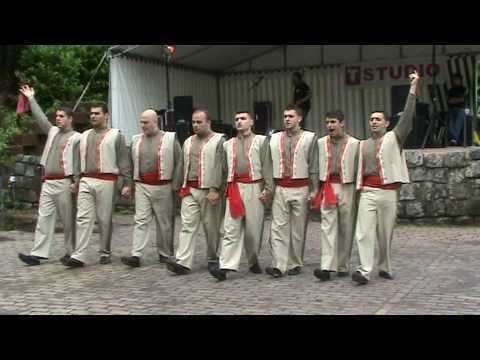
Dance stars kochari 2013
Etymology
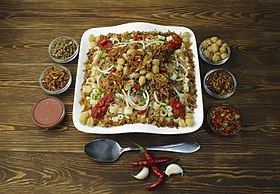
Versions
John Blacking describes Kochari as follows:
Armenian
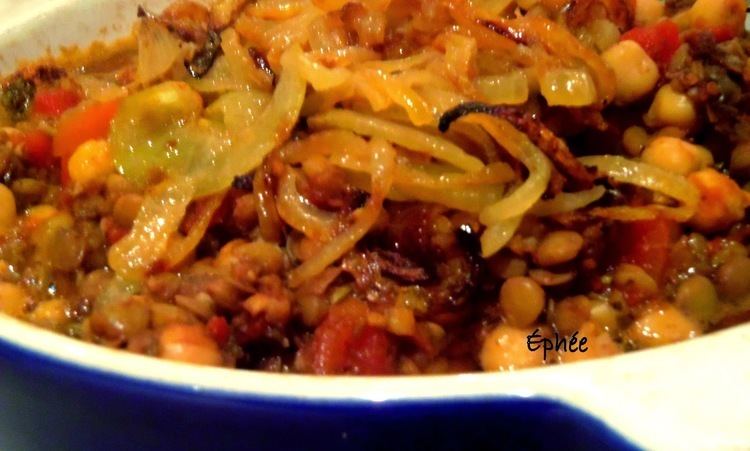
Armenians have been dancing Kochari for over a thousand years. The dance is danced to a 2
4 rhythm. Dancers form a closed circle, putting their hands on each other's shoulders.
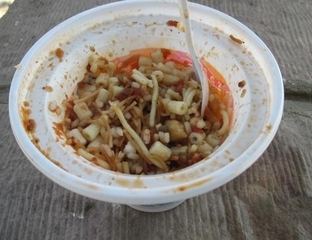
The dance is danced by both men and women and is intended to be intimidating. More modern forms of Kochari have added a "tremolo step," which involves shaking the whole body. It spread to the eastern part of Armenia after the Armenian Genocide.
Azerbaijani
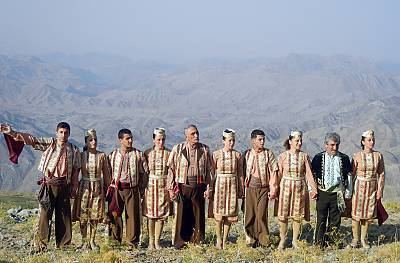
It is one of the widely spread dances known as Yalli (Halay) in Azerbaijan, especially in Nakhchivan Autonomous Republic and surrounding areas. The “Kochari” dancing, consisting of slow and rapid parts, is of three variants. In the men or women lining up one after another or one woman after one man position, a yallihead (holder) holds a stick in his / her hand. This stick isn’t to punish the dancers but factually it has a dancing importance.
Today this dancing is played in the ancient Nakhchivan land of which Sharur, Sadarak, Kangarli, Julfa and Shahbuz regions’ folklore collectives and it gives a stimule to the weddings.
Kurdish Koçerî
Koçerî is a special form of the "Delîlo" or "Şêxanî" kurdish dance, and as the name says, it is very common and more frequently danced by the Kurdish nomads. Koçerî simply means "nomadian" in Kurdish, where "Koçer" means nomad, thus the term is used by Kurds for the dance that nomads dance. Among Kurdish nomads however, this is a specialty, not the only dance they know of.
Pontic Greek kotsari
The Pontic Greeks and Armenians have many vigorous warlike dances such as the Kochari.
Unlike most Pontic dances, the Kotsari is in an even rhythm (2
4), originally danced in a closed circle. The dance is very popular today; however, it is often danced differently from the original. There is a consistent, vicious double bounce, also referred to as tremoulo. It is danced hand to shoulder and travels to the right. There are few variations which may be added to the step. It's a dance that tries to scare the viewers. At the start, it is danced by both men and women. Then, men go in front and do their figures.
